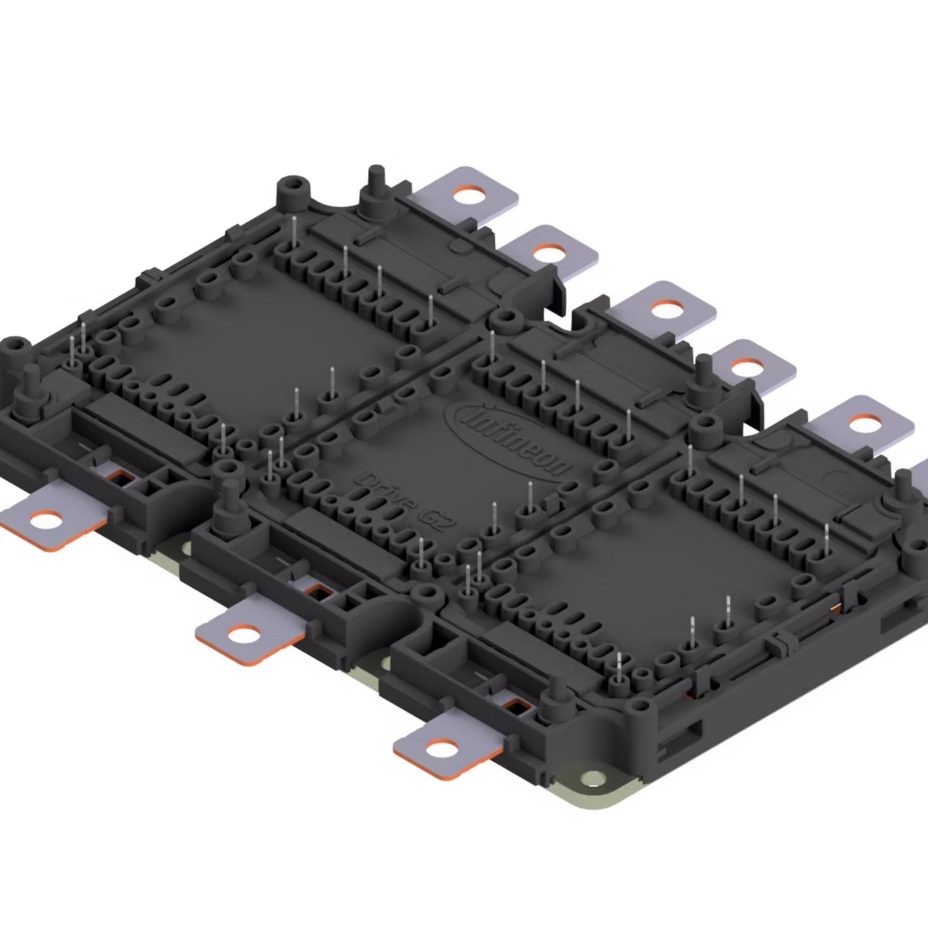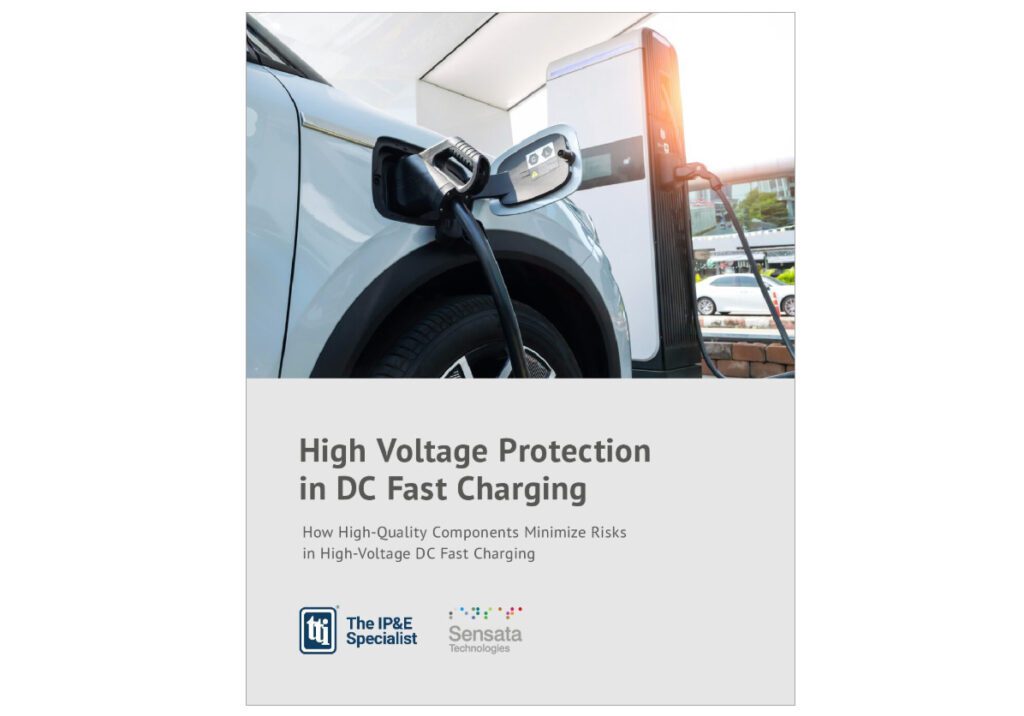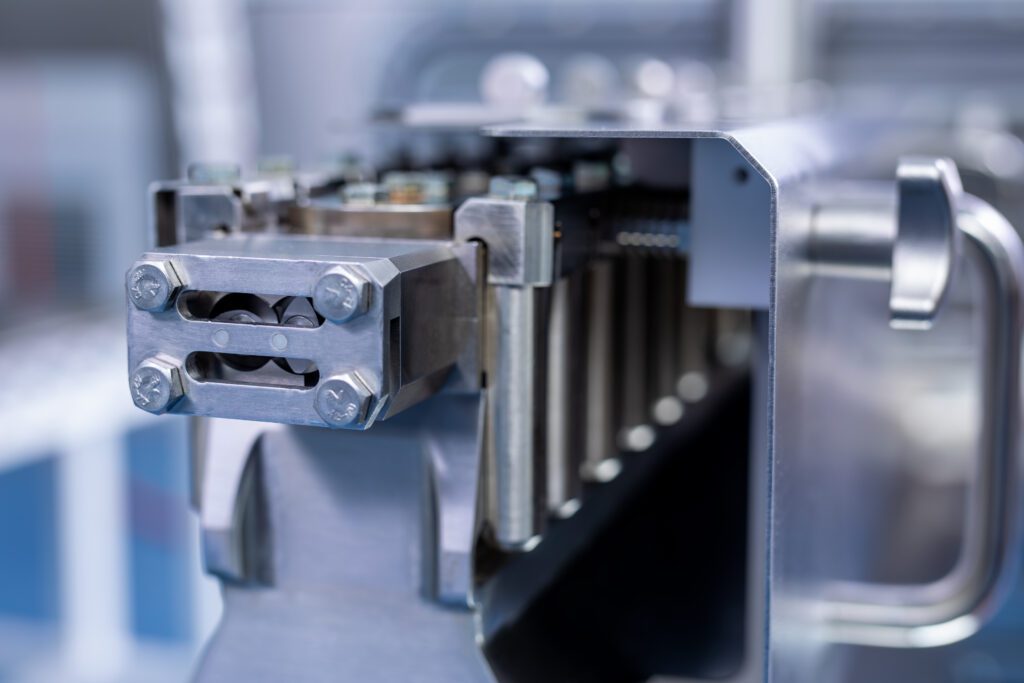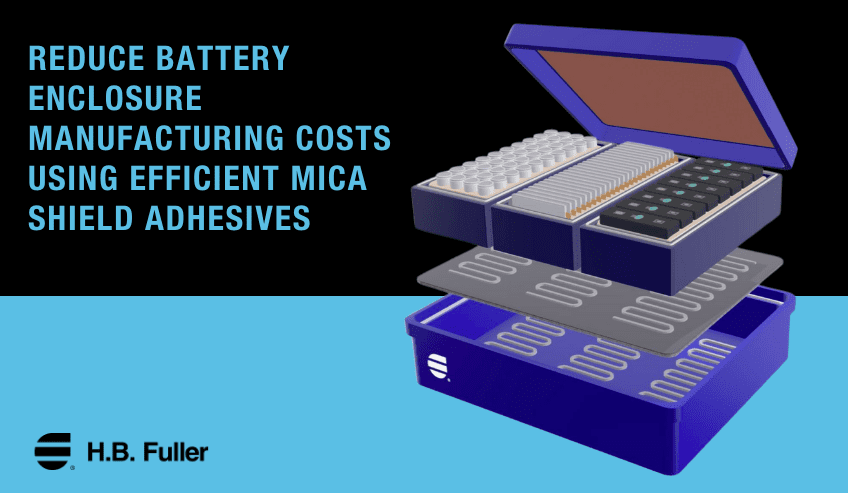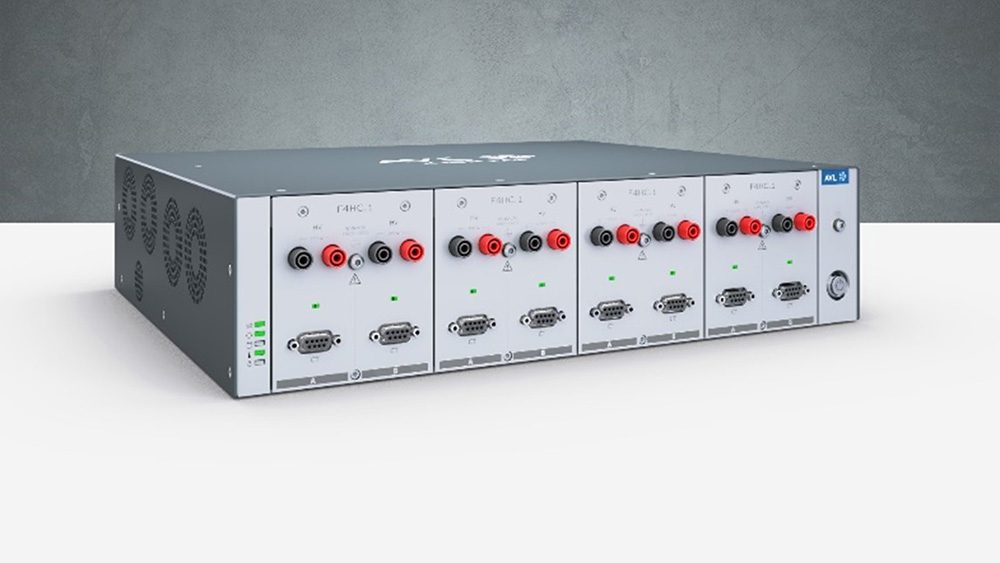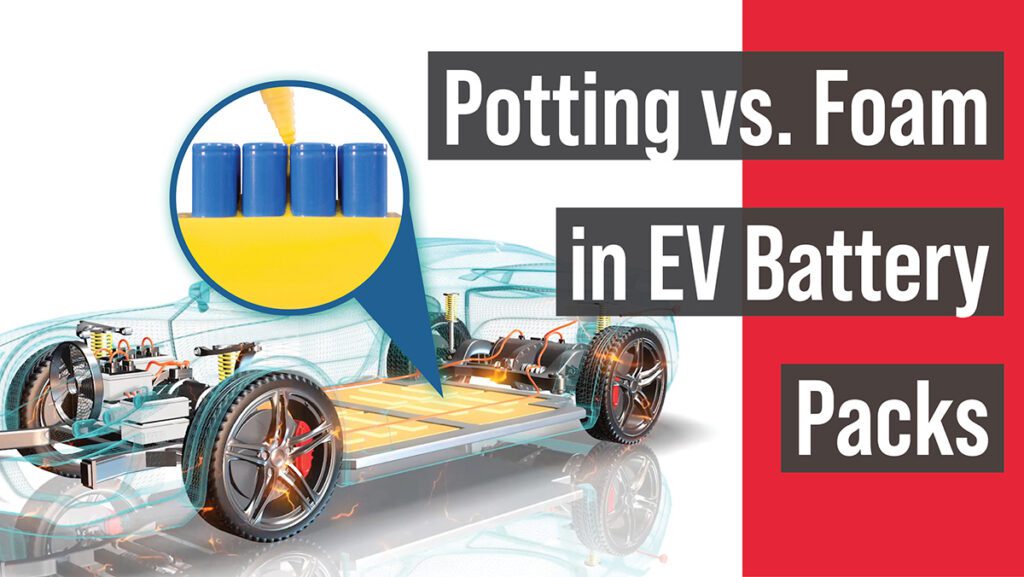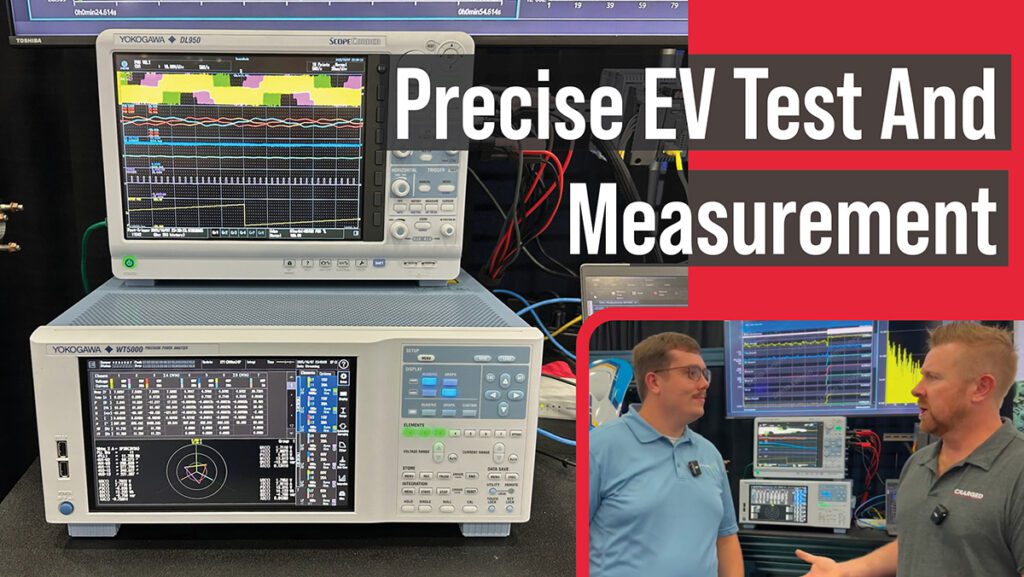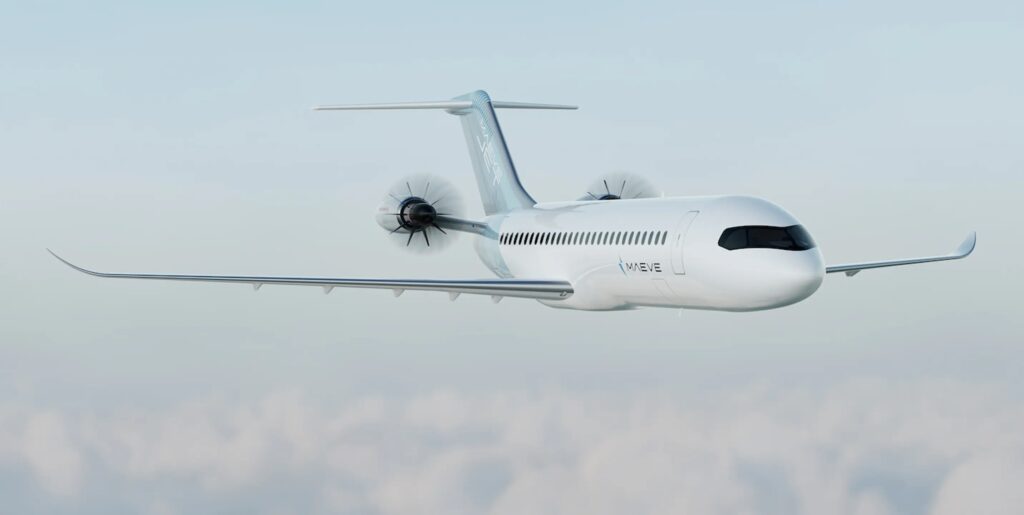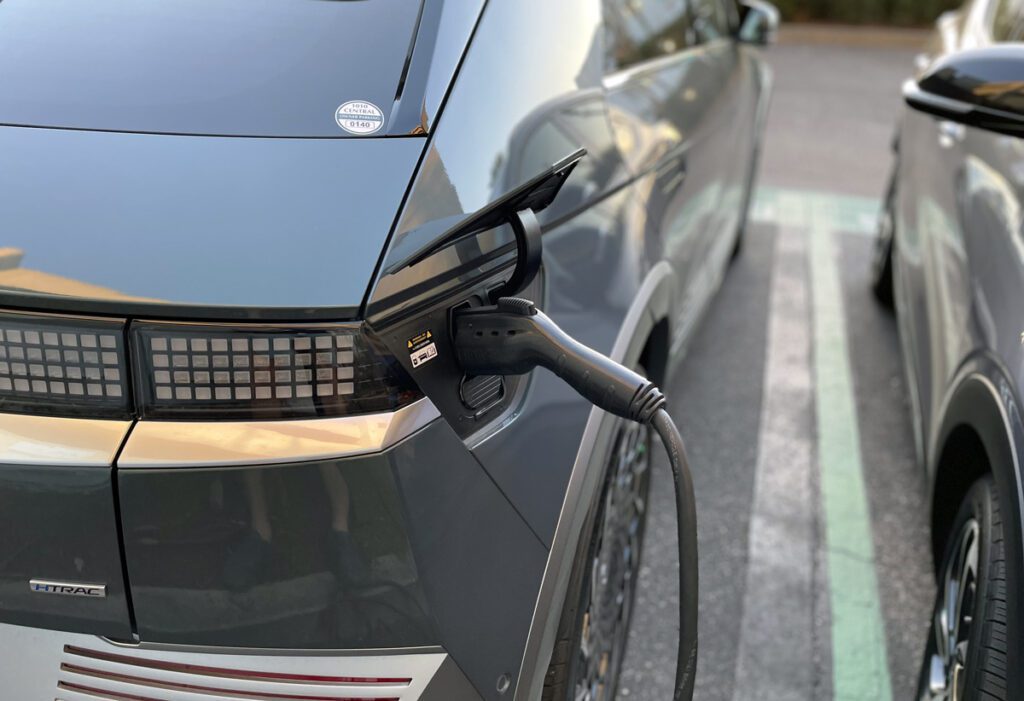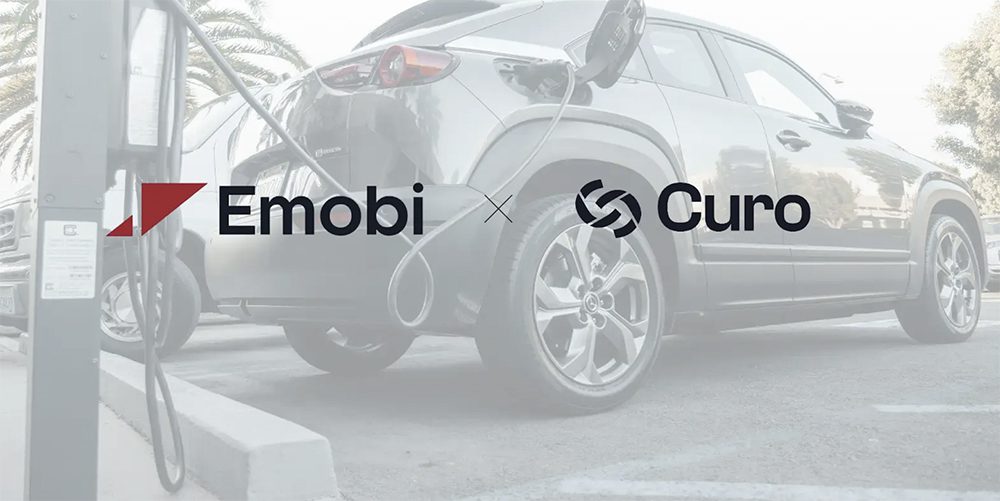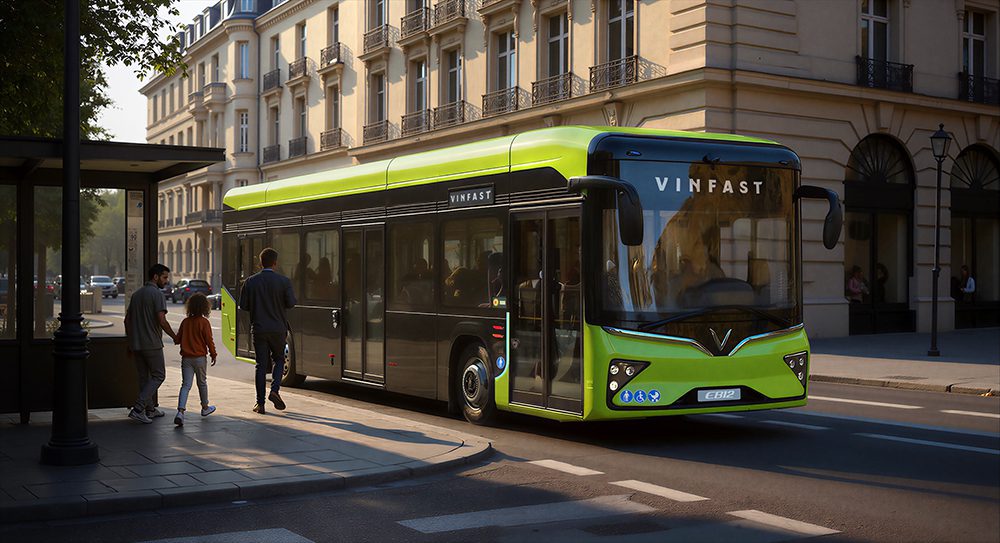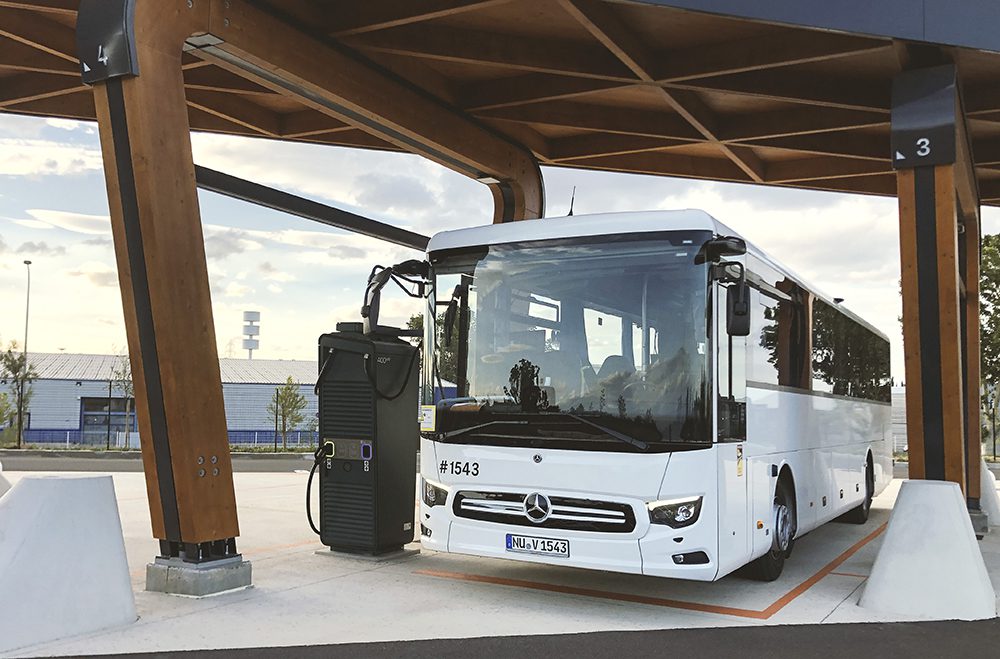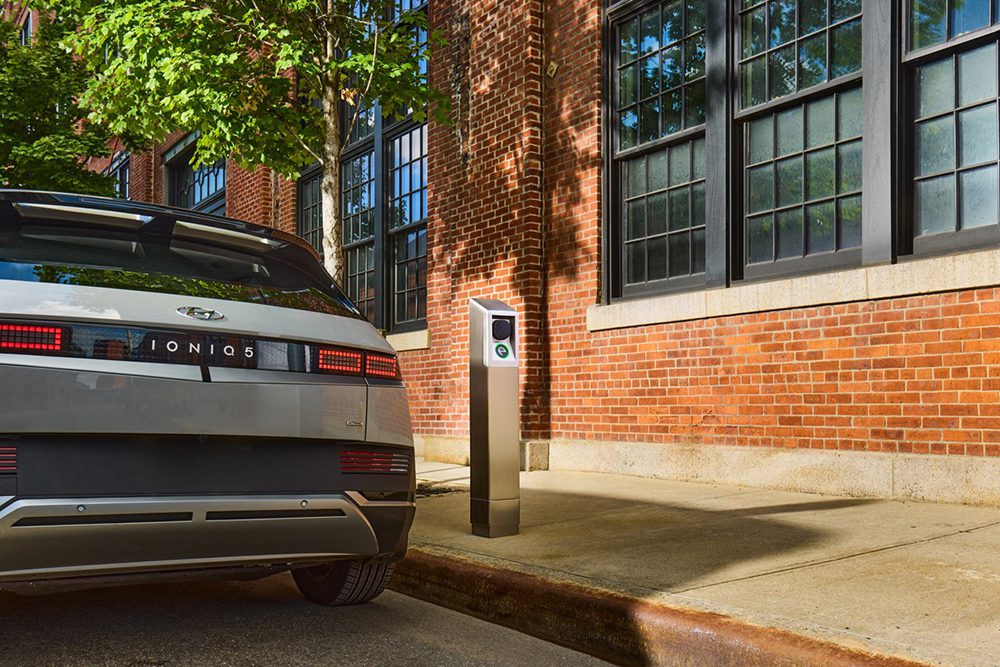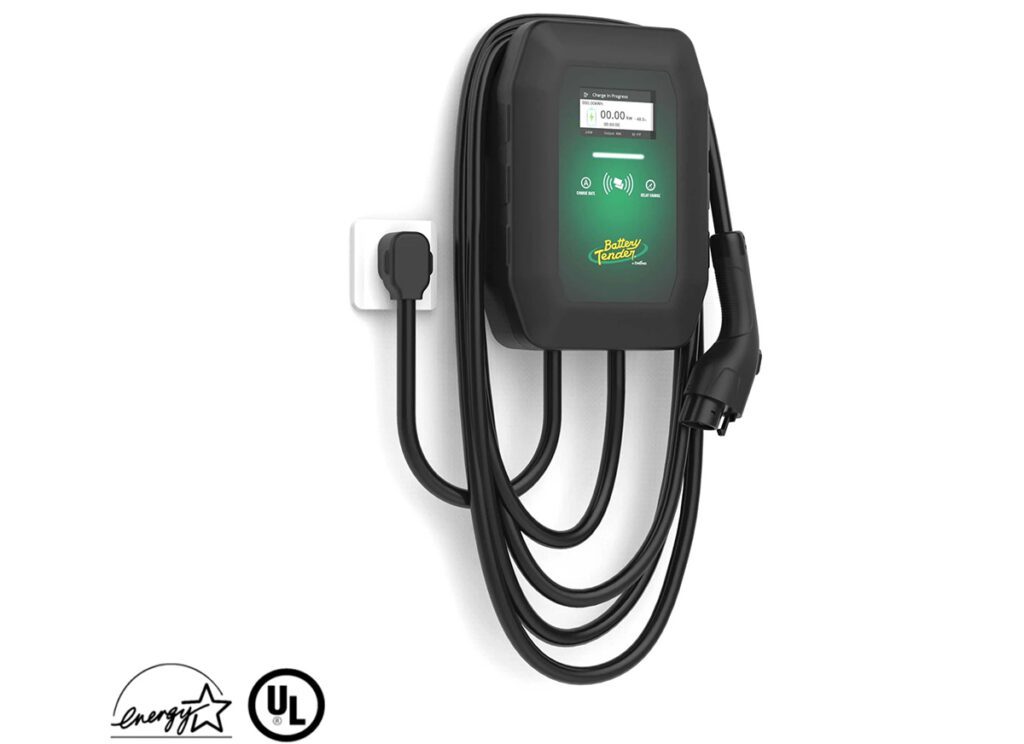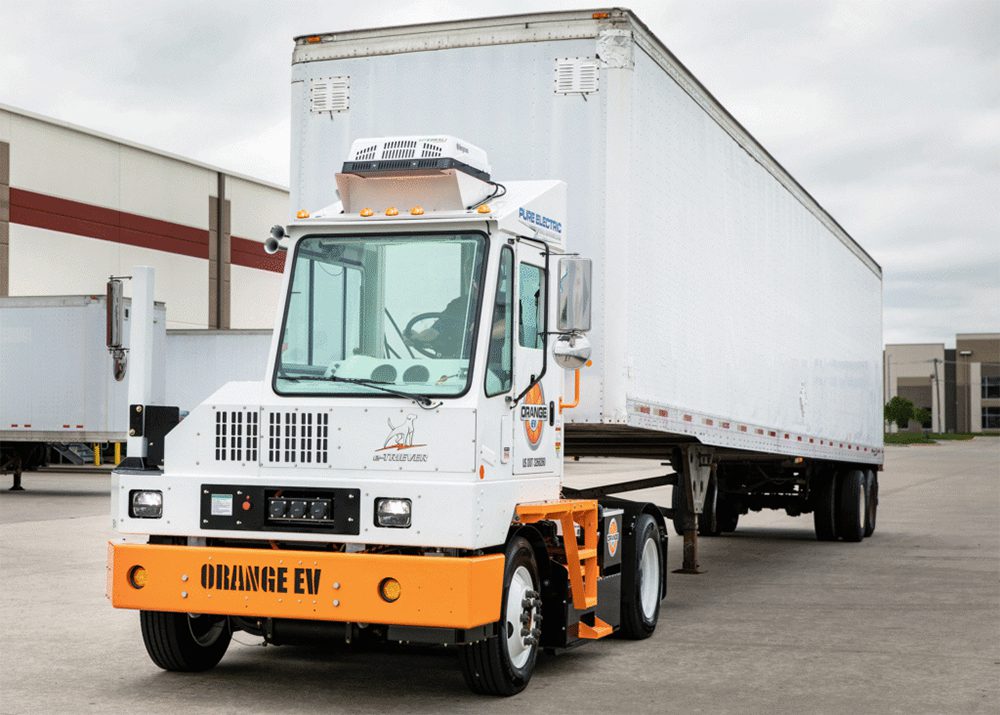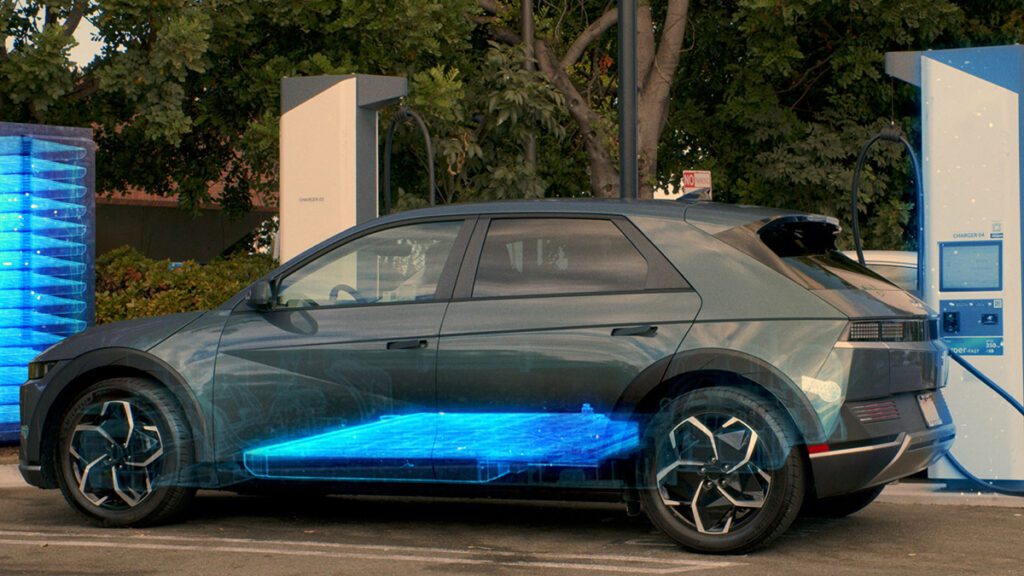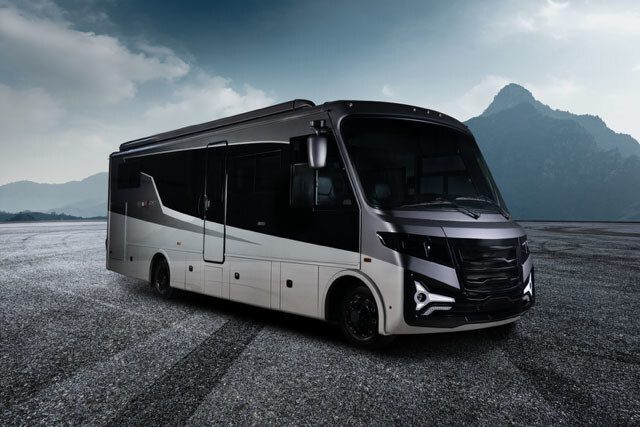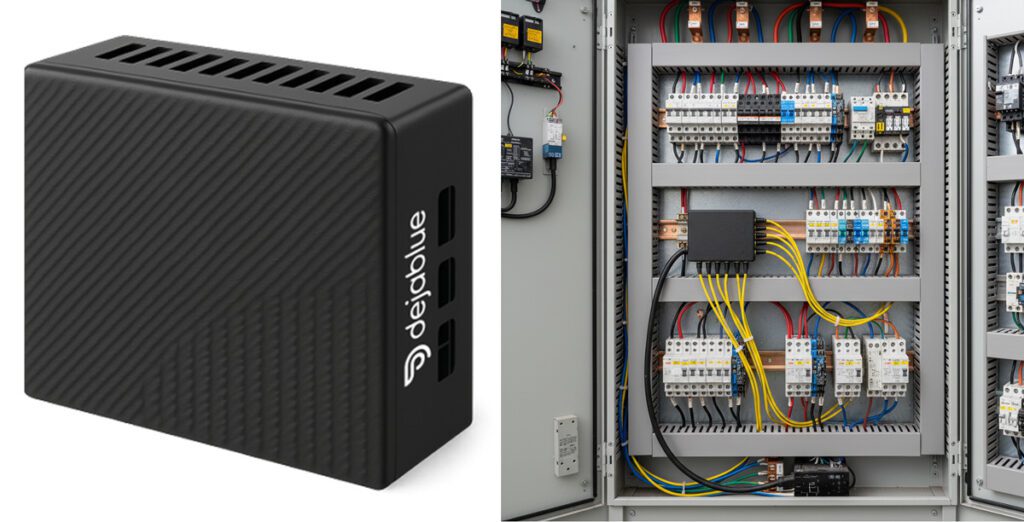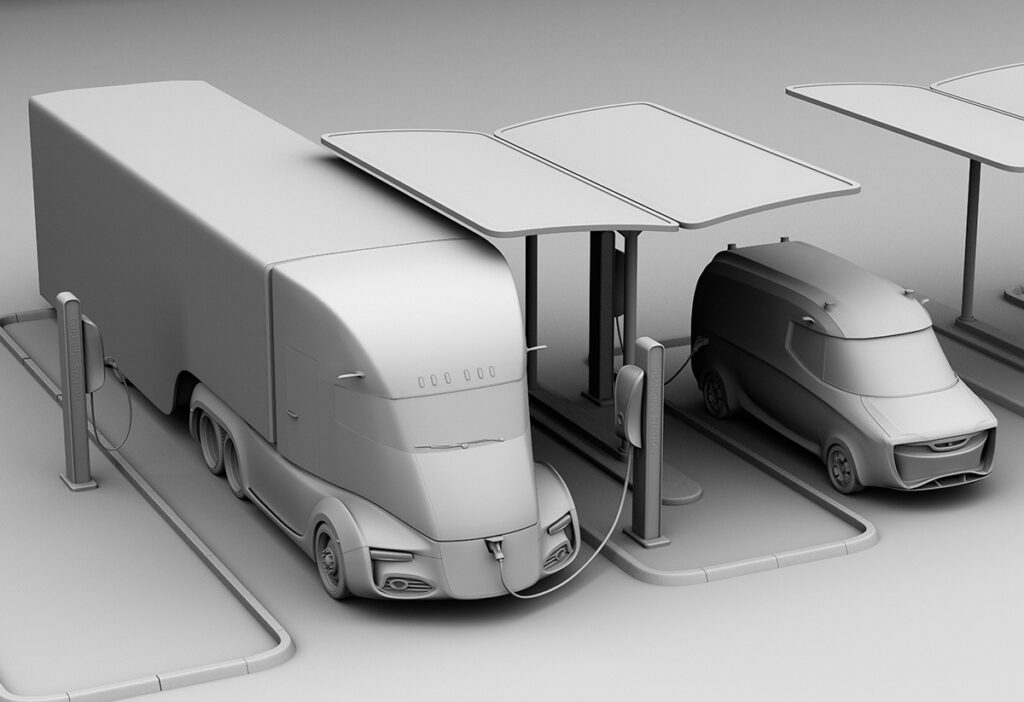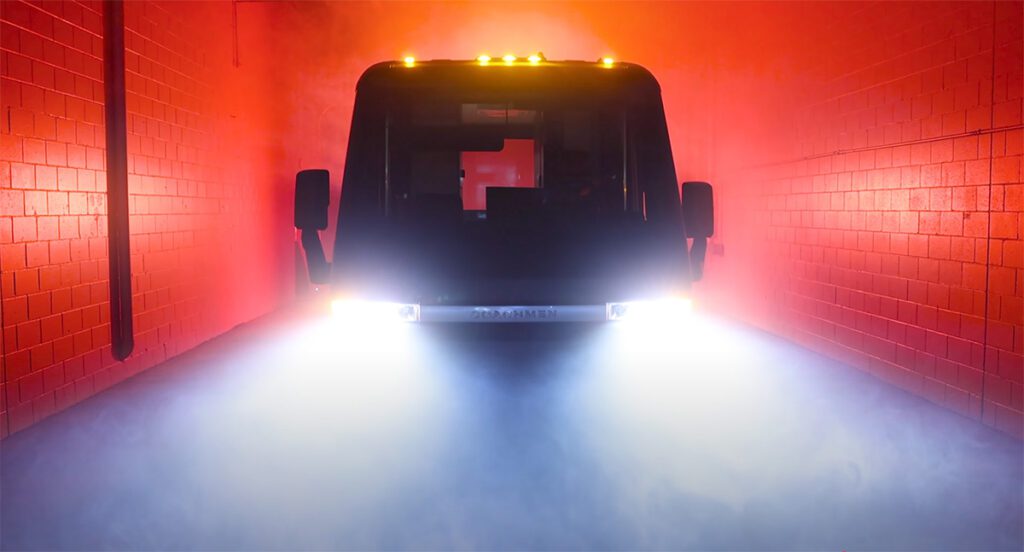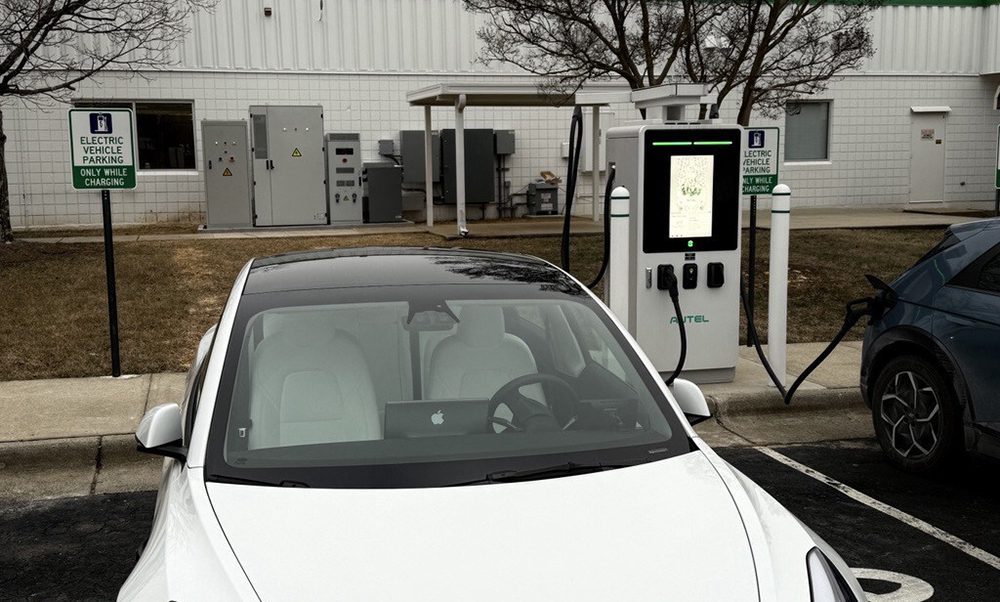July plug-in sales were lower than in May or June, but 2014 is still on track to handily beat 2013’s figure.
Sales of the industry-leading LEAF surged to 3,019 in July, the 17th consecutive monthly record, and just a little shy of May’s all-time monthly best. The 2015 LEAFs are now available for adoption – more than 3,000 units have so far been delivered to US dealerships.
The company credits its new free charging program with at least part of the current success. “Since we launched the No Charge to Charge promotion in the first 10 markets, we’ve seen a surge in LEAF sales in those areas,” said Brendan Jones, Nissan’s director of LEAF Sales and Infrastructure.
Also this month, Nissan explained that it will be subsidizing the price for replacement LEAF batteries as “a customer-first initiative.”
The Chevy Volt continued its steady but slow progress with 2,020 sales in July. So far, sales have increased every month this year, but this year’s sales still seem likely to fall short of 2013’s. Around 2,000 of the 2015 Volts have already arrived at dealerships, but many also have 2014 models for sale. In April, GM started talking about the next-generation Volt, which will be a 2016 model and is scheduled to go on sale in the second half of 2015.
The Toyota Prius Plug-In sold 1,371 units in July, a 61% improvement over July 2013. Consumer Reports doesn’t think the PPI is a very good deal (and many Toyota dealers seem to concur – read the upcoming issue of Charged for the details). However, customers plainly have other ideas, as the PPI was the only model in the Prius family that logged a sales increase for July. The Toyota remains the second best-selling plug-in in the US year-to-date, just a nose ahead of the Chevy Volt.
In fourth place, the Ford Fusion Energi sold 1,226 units, an unsurprising pullback from June’s amazing all-time record of 1,939 units. The C-Max Energi performed similarly, with a lower-than-June-but-still-good 831. The Focus Electric still exists – it moved 198 units in July.
Tesla, which has to be different, doesn’t report monthly sales, but InsideEVs estimates that 500 Model S were sold in the US in July, as the company sent a lot of cars to new markets in China, Hong Kong and the UK, and shut down production for a couple of weeks in order to gear up for the Model X. Tesla expects to deliver 35,000 cars this year, and says that sales continue to be limited not by demand but by production capacity.
The BMW i3, which debuted in May, continues to make a strong showing on the first lap – it sold 363 units in July. The company made news on the infrastructure front this month, introducing its own branded DC fast charger, as well as its own version of the free charging model that seems to be working so well for Nissan.
The Mercedes B-Class ED went on sale this month, and moved 41 units. Is this a worthy competitor for the i3, and what are Daimler’s plans for its new EV? Check out the next issue of Charged for some tentative answers.
Down in the low-volume league, the tiny smart ED may just be slowly catching on here in the US – it moved 298 units in July, a tiny increase over June’s 278.
The luxury Cadillac ELR saw a surprising surge in July, selling 188 units – nearly double June’s tally.
Source: Nissan, General Motors, Consumer Reports, InsideEVs









